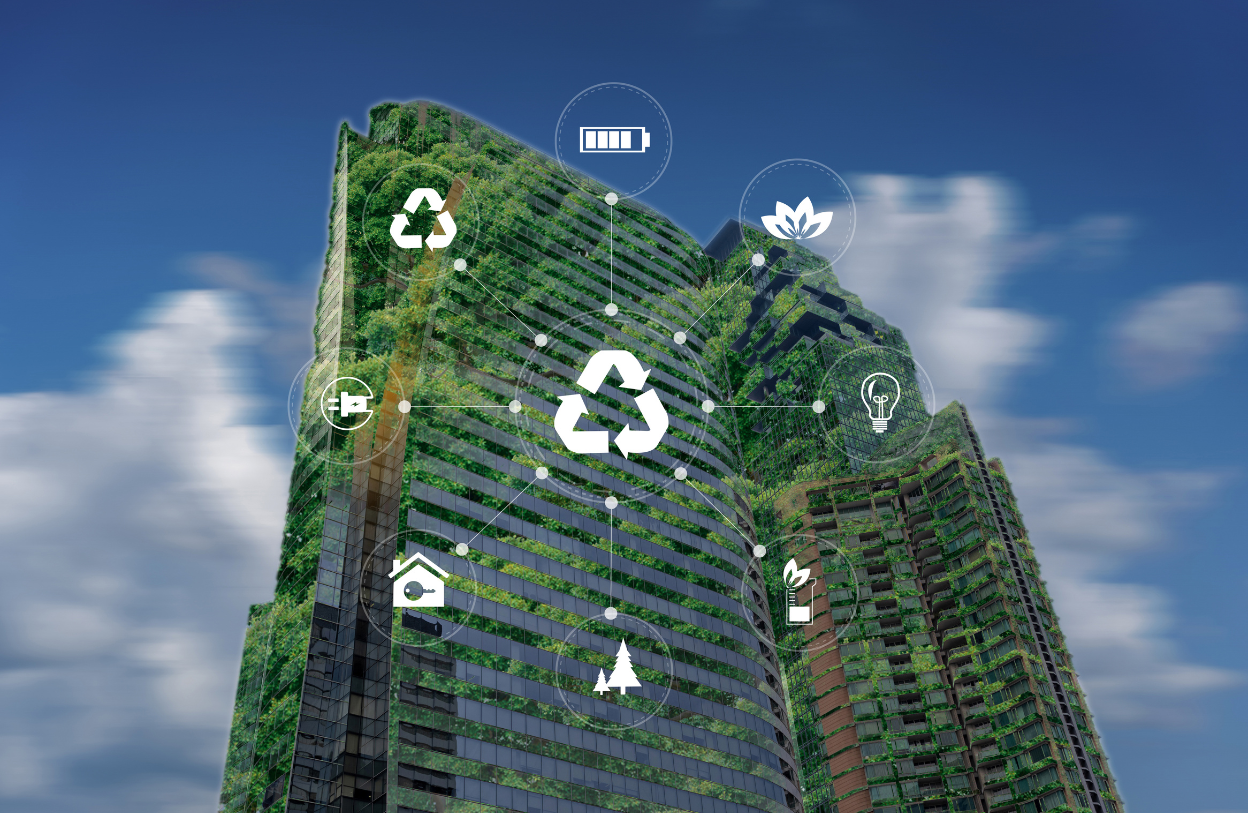How AI Enhances Supply Chain Compliance

By TransVoyant Team
Companies large and small are scrambling to quantify and manage their impact on the environment. The urgency to do so is hastened by pending policy changes and concern for the financial implications of non-compliance.
…Manufacturers are becoming increasingly unsatisfied with being reactive when it comes to sustainability efforts. They recognize, with growing regulatory and consumer pressure, the need to introduce a new, proactive foundation that can scale across all aspects of their supply chain.
– Forbes.
Proactivity and scalability are now possible, thanks to recent developments in artificial intelligence (AI) for enhancing supply chain sustainability.
Supply Chain Compliance Challenges
The supply chain is usually the largest contributor to a company’s carbon footprint. But because of today’s supply chain complexity, it can be challenging to even measure let alone monitor, manage, or optimize. The challenges supply chain managers face include:
- inconsistent compliance to widely accepted protocols and standards
- infrequent information updates which limit the ability to take action
- data not being normalized across the numerous sources of information
- lack of automation to ingest, harmonize, store, and utilize compliance data

In measuring their own emissions, Kraft Foods found that Scope 3 emissions comprised more than 90% of the company’s total Scope 1, 2, and 3 emissions, according to standards organization Greenhouse Gas Protocol. This finding highlights the challenge of identifying and tracking emissions output, if the majority is buried deeply upstream or downstream of a company’s direct and indirect operations.
Enhancing Compliance with AI
The best AI solutions overcome supply chain sustainability challenges by automatically calculating impact and then recommending appropriate actions to change it. AI algorithms can capture both upstream and downstream Scope 1 and Scope 3 global multi-modal transportation and distribution data without the need for cooperation from a highly fragmented group of logistics service providers. The result is a very accurate and consistent approach that conforms to the widely accepted GLEC standard for measuring CO2 emissions.
The TransVoyant AI solution for emissions automatically unifies global direct and indirect emissions measurement in accordance with Global Logistic Emissions Council (GLEC) – the only recognized methodology for harmonized calculations and reporting of logistics greenhouse gasses. The solution is also in alignment with
- Greenhouse Gas Protocol
- UN-led Global Green Freight Action Plan
- CDP reporting
Making Compliance Data Sharable and Actionable
Measurement is only a first step. Your sustainability and compliance solution needs to provide actionable intelligence that can be shared cross-functionally and with trading partners to identify opportunities for improvement. Decreasing supply chain emissions is a continuous process made easier with AI solutions that automate the effort required and provide results that enable you to achieve your sustainability outcomes.
“Sustainability is a global business opportunity to demonstrate environmental and social accountability in more meaningful and transparent ways. Customers expect it, governments mandate it, and marketplaces reward it,” Supply Chain Brain warns. “And in return, revenue growth rises, and the cost of operations shrinks. But companies cannot achieve these benefits with a simple, one-and-done change in the supply chain. They must act with a continuous, holistic view into all supplier network tiers and across business operations to effectively achieve their corporate social responsibility goals.”
But emissions and other sustainability information is useless in a vacuum. It must be easily processed and understood, sharable, and actionable to demonstrate compliance. Make sure that your solution checks these boxes.



